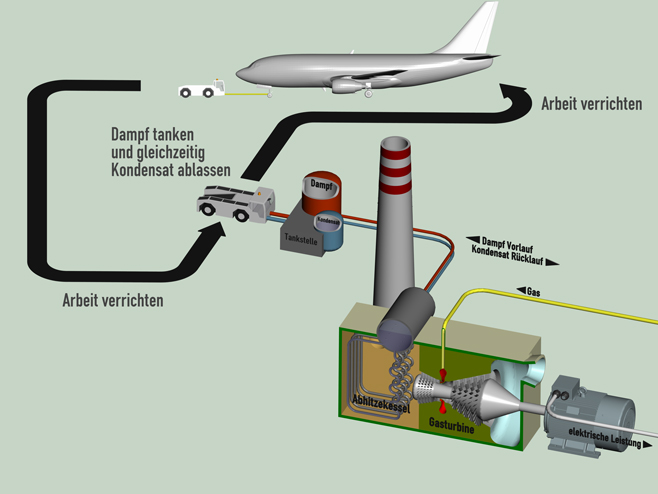Combined Heat, Power and Mobility CHPM - An Alternative to diesel and battery-powered Vehicles
In combined heat and power processes, waste heat is often partly recovered for domestic heating and is therefore useful only in the cold season. Furthermore, as a result of climate change and better building technologies, the demand for heating energy is gradually declining. Combining power and mobility opens up a range of new possiblities for waste heat recovery with no seasonal limitations. For instance waste heat from a gas power station can be used to produce hot water under pressure in a waste heat recovery boiler and the high pressure steam uesd to drive modern steam powered vehicles. In comparison with battery powered vehicles, water is much cheaper than lithium and there is no fading of perfomance over time nor from low temperatures. The life expectancy of hot water pressure vessels exceeds that of electric batteries by a large margin. The concept offers numerous applications. In energy intensive industries such as steel or cement, the entire works traffic (locomotives, trucks and so on) can be operated recovering waste heat, offering fuel cost savings and environmental benefits. Modern steam powered vehicles operate entirely free of emissions and therefore do not require emission control systems that are expensive to buy and heavy on maintenance. The illustration shows the principal function of an airport tug operated by waste heat.
Graph by DLM
